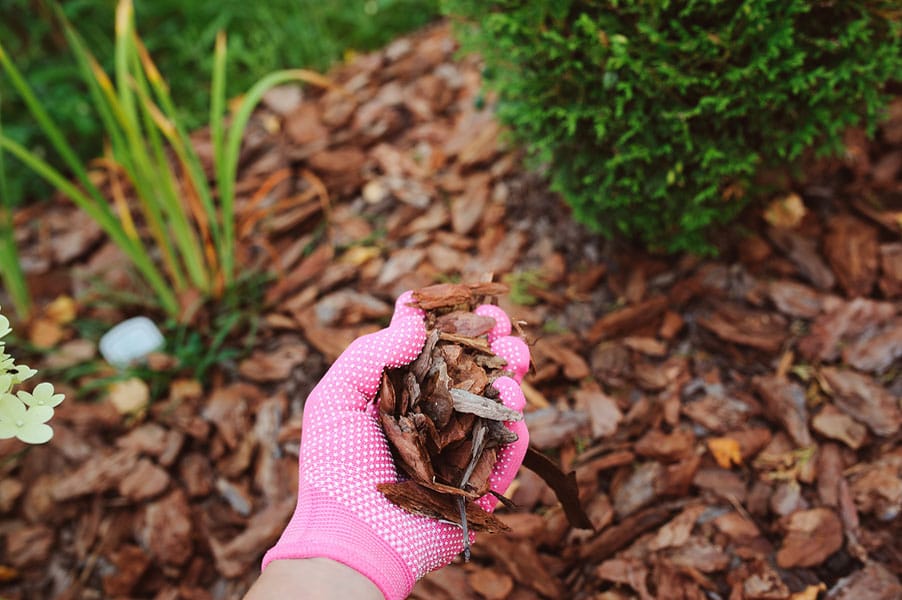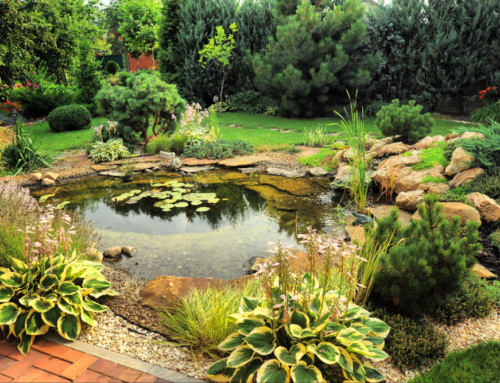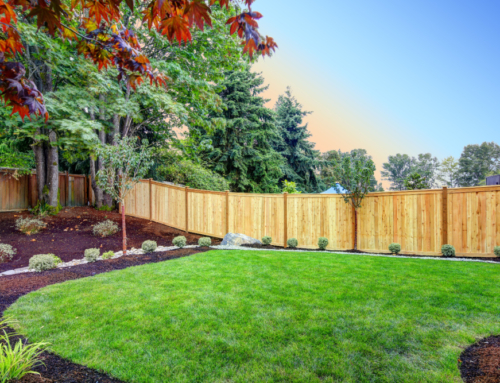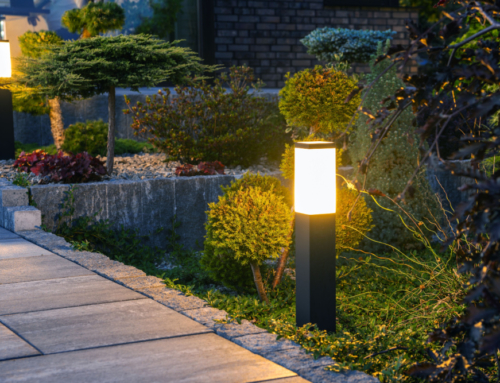When it comes to your property, are you uncertain what to do for spring?
Whether it’s your home or a commercial property, there is a certain way to do things. Every season has different requirements and offers time for different projects.
Spring is a time where the last cold and wet weather of winter gives way to fairer weather and perhaps a fair bit of rain. Once that dies down, you may be looking at your mulch and thinking that it needs a bit of refreshing.
Mulch does break down over time, and that breaking down accelerates with the arrival of wet and harsher weather. If your beds are looking a little thin or lackluster, your beds may be due for a fresh layer.
In addition to the breakdown of your mulch from winter weather, wind, sun, and natural decomposition over time may also be to blame. Whether you want to do it yourself or rely on home or commercial landscaping services to help you out, read on and get a quick guide to everything you should do when it comes to mulching in the spring.
When Should I Mulch and What Should I Use?
First things first, if we have not already emphasized this, mulch in the spring! Once the wet weather is past, it’s the ideal time to lay some mulch down because the warmer weather is coming and the mulch is going to stay as fresh as possible before heading into another winter. While you can lay down mulch in autumn, it’s actually going to be counterproductive since most mulch lasts about a year or less and you’re guaranteeing that at least 4 months of that is being spent under snow.
You may not know which type of mulch to buy or how to install it as well. We’re going to cover that too.
How much mulch you need may be directly related to how much you have put down and when the last time you added more was. A fresh layer of an inch or two may have restored color and kept your plants alive, or you may have added three inches recently and feel like you’re fine.
If there are bare spots or your mulch has worn down a lot, you’ll need to calculate how much area you have and roughly how much you’re going to need to put down to restore the look. You’ll need up to four inches for a new bed, which translates to more mulch required.
If this is stressing you out, a professional landscaper will always be able to determine how much mulch you need just by checking out your landscape beds. When it comes to mulch, you have a few choices. You can choose from wood or pinestraw.
Wood mulch is typically going to last longer than Pinestraw mulch. Pinestraw does need to be replaced every year and usually a couple of time. It’s good for landscape beds in that the material is porous and it retains its color well, but it breaks down quickly.
Hardwood mulches can be sourced from many types of wood, from cedar to cypress and pine and hardwood. Property owners often enjoy the fact that there are so many textures and designs as well as colors to choose from. You can get shredded mulch, chipped mulch, nuggets, mini-nuggets or even double-milled wood mulches. Chips and shredded mulch are often a popular choice.
What type of mulch you choose is up to you. Pinestraw is a popular choice in the South, where it is readily available (and affordable as a result). Wood mulch may be more practical if you live somewhere else. Even if it is more expensive, you also won’t have to replace it as much. Keep in mind your budget and the benefits of each and it will likely be an easy decision. Either way, a fresh layer of mulch will spruce up any property if its landscape beds are lacking.
Protect your beds and plants and make them look great with the help of mulch and preserve your landscaping investment while you’re at it! You’ll have to consider the size of your property, and for that, a professional can help you estimate not only square footage but cost too.
Are you interested in getting mulch that will keep your property healthy? Protect your flowers, shrubs, and trees with mulch and create a great grounds aesthetic in the process. Contact us today for a mulch estimate and site assessment and see what your options are!






